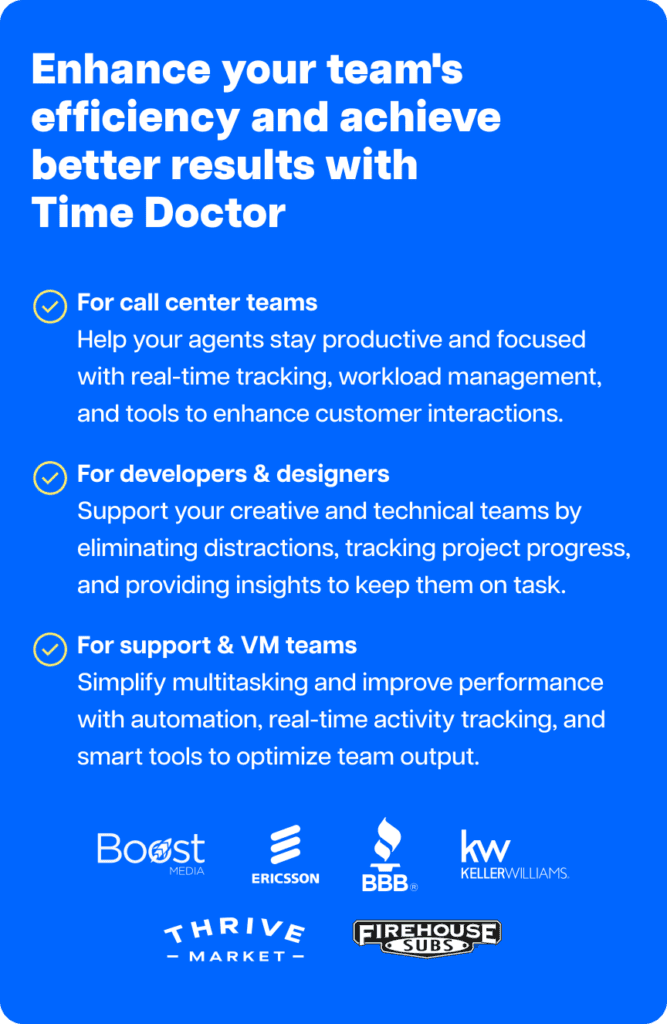I’ve hired hundreds of people over the last 10 years. And although it’s difficult to sometimes build and manage a remote team I have found the advantages outweigh the challenges.
Increase the talent pool
If you’re hiring remote workers, you’re expanding your talent pool by at least 100 times. How many people live close to your office or even in your city? How many other companies in your geographical location are you competing with to attract the top talent to work for you?
If you restrict your workforce to only people who are willing to commute to your office, you’ll have a very finite number of qualified employees willing to work for you. Contrast that with hiring across the entire globe. You literally have billions of potential candidates for the role and hundreds of times more people who are qualified.
So, what are the best options for hiring remotely
There are a bunch of great options for remote hiring. Online marketplaces such as Upwork have become an increasingly popular option when a company is looking to hire a remote employee. However you might want to avoid the fees that many of these marketplaces charge. For instance Upwork charges fees that are as high as 20%.
We’ve recently partnered with another option, Outsourcely which doesn’t charge any fees on their hiring platform and recommend to try them out.
7 mistakes I have made when hiring remotely
There are several mistakes that I’ve made throughout my 10 years of experience hiring, that hopefully you can avoid.
Mistake 1: Hiring based on their resume
The candidate’s resume is the most obvious place to start when hiring a remote employee. However, there can be two problems with this strategy. First, a person with a really great resume is likely to be very expensive. If you’re a small business or startup, then you know cash is a finite resource and hiring the most expensive employees may not be an option. The second problem with hiring based on a resume is that it might just show you that the candidate is really good at writing resumes, but not necessary good at their job.
What I do instead is develop a test which exactly matches the type of work they will be doing in their job. For example I recently hired a marketing team member. To find the best possible candidate I could, I created a task which was exactly what I wanted them to do for the job which I was hiring them.
I wrote a word document with complete specifications of how to do the task, and I gave it to 12 of the applicants as a paid test. It was a very difficult task, and I found that approximately half of the applicants actually made any progress and I only payed two of them because everyone else quit. Like I said, it was a difficult task. From these two final candidates I picked the person that I liked best.
Mistake 2: Hiring the first person I find who looks “ok”
Let’s face it. Hiring is a major hassle. After putting in the effort and interviewing lots of people, it’s so tempting to want to get it over with and hire someone who looks ok. But if you accept mediocrity it will come back to bite you later on. I hired an assistant who seemed ok, and was the best candidate out of everyone I had tested, but if I truly evaluated her skills, she was not good enough and I should not have hired her. Sure enough, several months later after lots of wasted time and frustration I had to let her go.
I have found that setting a really high bar is the only way to hire someone that will meet your standards. There have been times that I didn’t hire anyone at all, simply because I wanted to avoid the trap of mediocrity.
Mistake 3: Relying on one source of candidates
Not all sources of talent are created equally. For instance, if you’re looking for a world class developer, then Stack Exchange is a great place to help you hire the best of the best in software development. If you’re looking to hire someone for long term employment, instead of a one off project, then you should definitely check out Outsourcely.
In the past, when I haven’t done my diligence with the hiring process, I would have posted a job listing on a generic site like Upwork. I receive lots of applicants but do I really know that they are the best possible candidates I can find? What I’ve found is that I will post a job listing on multiple sources to see which produces the best possible talent for my company. This will let me compare platforms ease of use and compare the quality of workers. I have found that without posting in multiple places, and trying other strategies such as looking for referrals, I don’t know for sure, and in the past it has often been a disappointment.
Mistake 4: Hiring someone who is not suited to remote work
Remote work is not for everyone. I hired an 18 year old developer from Montenegro who was very smart. He was talented, effective and affordable. However he wasn’t getting out of his house and socializing. He was spending all of his time working at the computer and was getting depressed. I don’t want anyone in our company to become depressed because of their work situation. Other team members I’ve hired were not able to get motivated and work effectively when working from home or without co-workers physically present.. Unfortunately, I haven’t found a reliable way to determine if a first time remote worker is able to up to the challenge.
Mistake 5: Allowing too much flexibility
At Time Doctor everyone uses our software to track their time and verify their hours. I hired a developer in India who had amazing credentials. He had previously worked on an app that was very similar to the one I was building. He had the perfect experience that I needed. So I hired him based on his resume… mistake number one!
Then he didn’t want to use Time Doctor, our time tracking software to monitor how many hours he was working. I decided to allow him to just work whatever hours he would prefer and not track his time carefully.
Although I think he was capable, I believe the reason he didn’t want to be tracked is that he had other work or distractions and wasn’t able to put his full attention to the job. I had this particular developer assigned to work on an iPhone app. When I compared his productivity to that of a developer working on the Android app, I realized that he was only 50% as productive as his counterpart.
Unfortunately, I was forced to start again and hire someone new. Back to square one.
Mistake 6: Paying too little
If you’re outsourcing to the Philippines or Pakistan or Bangladesh, you know what you can hire people for as low as $300-500 per month. It’s actually not a terrible salary in these countries, and if you’re hiring someone who just needs to follow a simple process then maybe that’s ok.
But in my experience most jobs that will really drive you forward don’t have a simple procedure that someone can follow. And although it may be possible to find someone who is proactive, driven, has initiative, has perfect spoken and written English, and has the skills to do the job, you’re highly unlikely to find this type of person at entry level salaries in these countries. If you increase your salary level it doesn’t guarantee success, but it does make it more likely that you can attract someone awesome.
Mistake 7: Hiring only one person
One of the problems with remote hiring is that it often doesn’t work out with everyone you hire. It is hard to know in the beginning if it’s the right person. Also you might find that the candidate doesn’t perform adequately after 1-2 weeks and you’re back to square one. So many times I would find someone who seemed to be a good fit but then they didn’t perform as well as I expected.
The way I overcome this problem now is to hire more than one person on a trial basis. This way I have a much better chance of finding the right person who is truly suited for the work. In my experience you can’t really know if a person is going to be appropriate until you test them out.
Ok, so those are some of my mistakes in hiring remote workers, however I don’t want you to get discouraged! It’s possible and if you get it right you can find someone truly amazing who can make a great contribution in moving your business forward and achieving your goals.

Rob Rawson is a co-founder of Time Doctor which is software to improve work productivity and help keep track of what your team is working on, even when working remotely.


